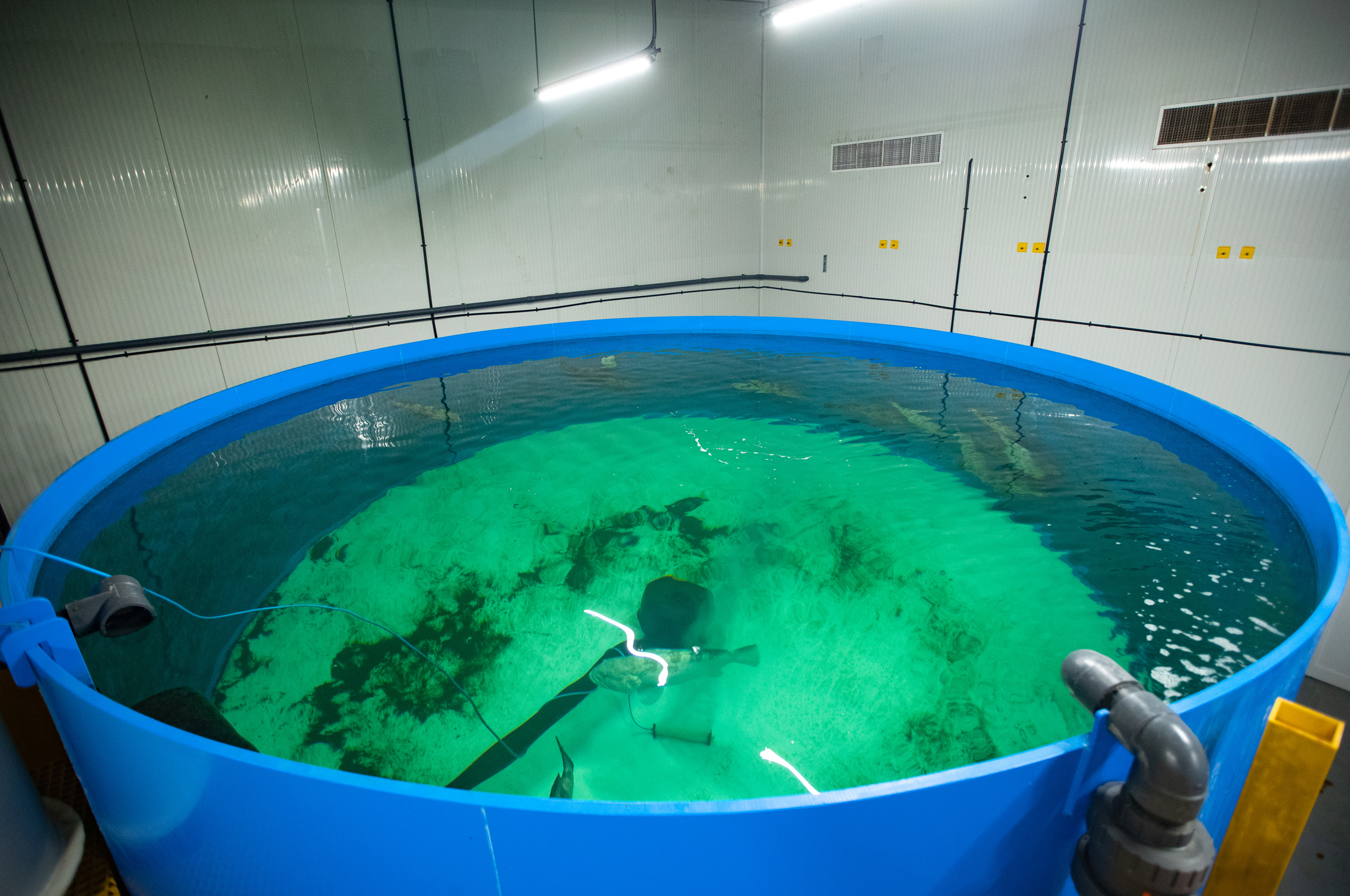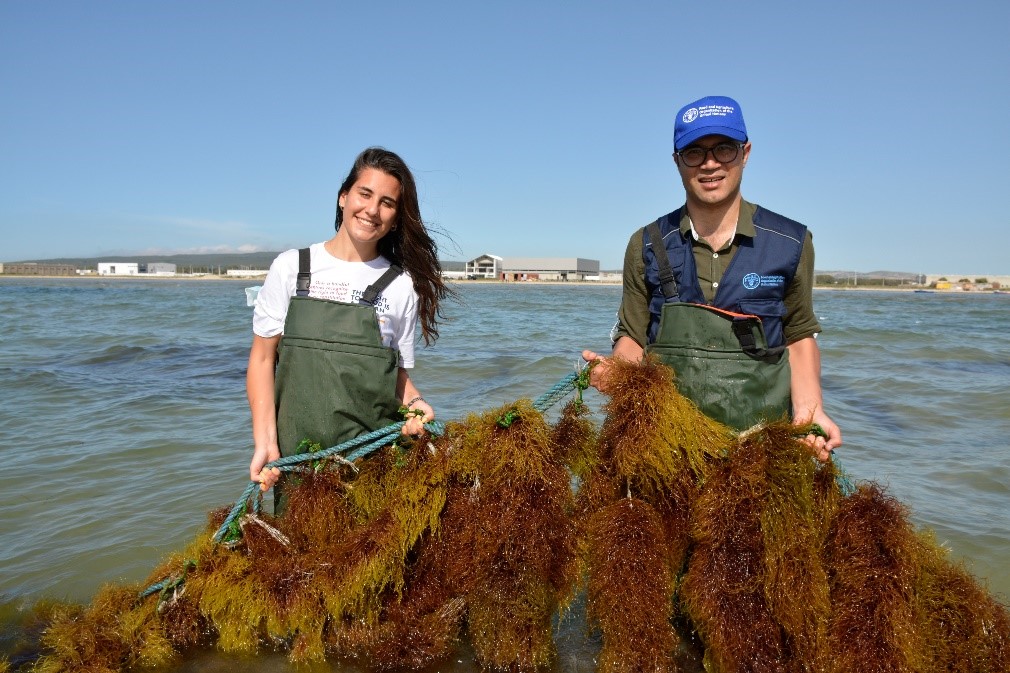Aquaculture
Status in the region
Aquaculture production in NENA has seen rapid growth since the 1980s, becoming a key source of food and income with Egypt leading the way, contributing around 90 percent of the region's total production. Egypt has become a global leader in finfish farming, cultivating species like Nile tilapia, mullet, and carp. Other countries such as Algeria, Bahrain, Morocco, Oman, Saudi Arabia, Tunisia, and the United Arab Emirates are gradually expanding their aquaculture sectors, particularly in brackish and marine waters, to reduce pressure on capture fisheries and increase food security.
However, the sector still faces challenges like water scarcity and limited technical expertise in many countries. While aquaculture has expanded rapidly, its growth is uneven across the region. Increasing investment in sustainable practices and infrastructure is essential to maintain the momentum and meet rising food demands in the face of climate change.Challenges
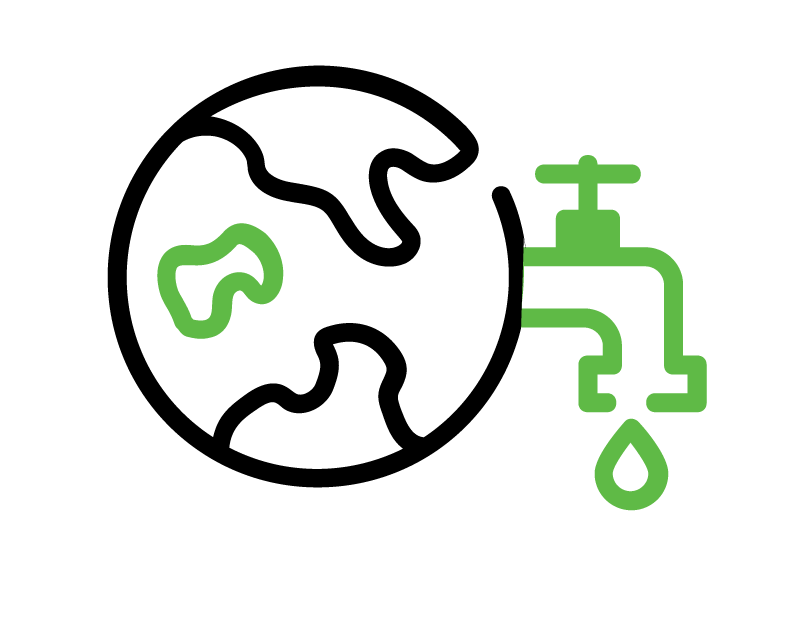
Water scarcity: The arid nature of the NENA region means that freshwater resources are in short supply, presenting a significant obstacle to aquaculture expansion. Countries are increasingly turning to alternative sources, such as brackish and marine water, but these come with their own technical and environmental challenges.
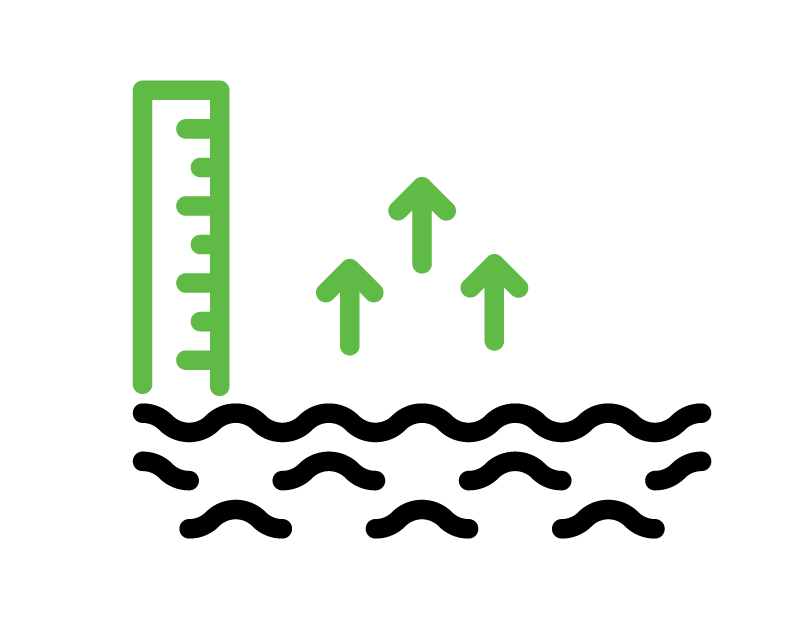
Climate change: Rising temperatures, increasing salinity, and fluctuating water availability all threaten the viability of aquaculture systems. The effects of climate change also exacerbate existing environmental stressors, such as drought and habitat degradation.

Biosecurity and disease management: The risk of disease outbreaks in densely populated fish farms remains a major concern. Inadequate biosecurity measures and the lack of disease surveillance infrastructure make it difficult to prevent and manage these outbreaks, which can have devastating economic and ecological consequences.

Lack of technical expertise and infrastructure: While aquaculture has grown, many countries still lack the technical expertise, research capacity, and infrastructure necessary to fully develop the sector. This includes gaps in feed production, water management systems, and market access.
Facts & figures
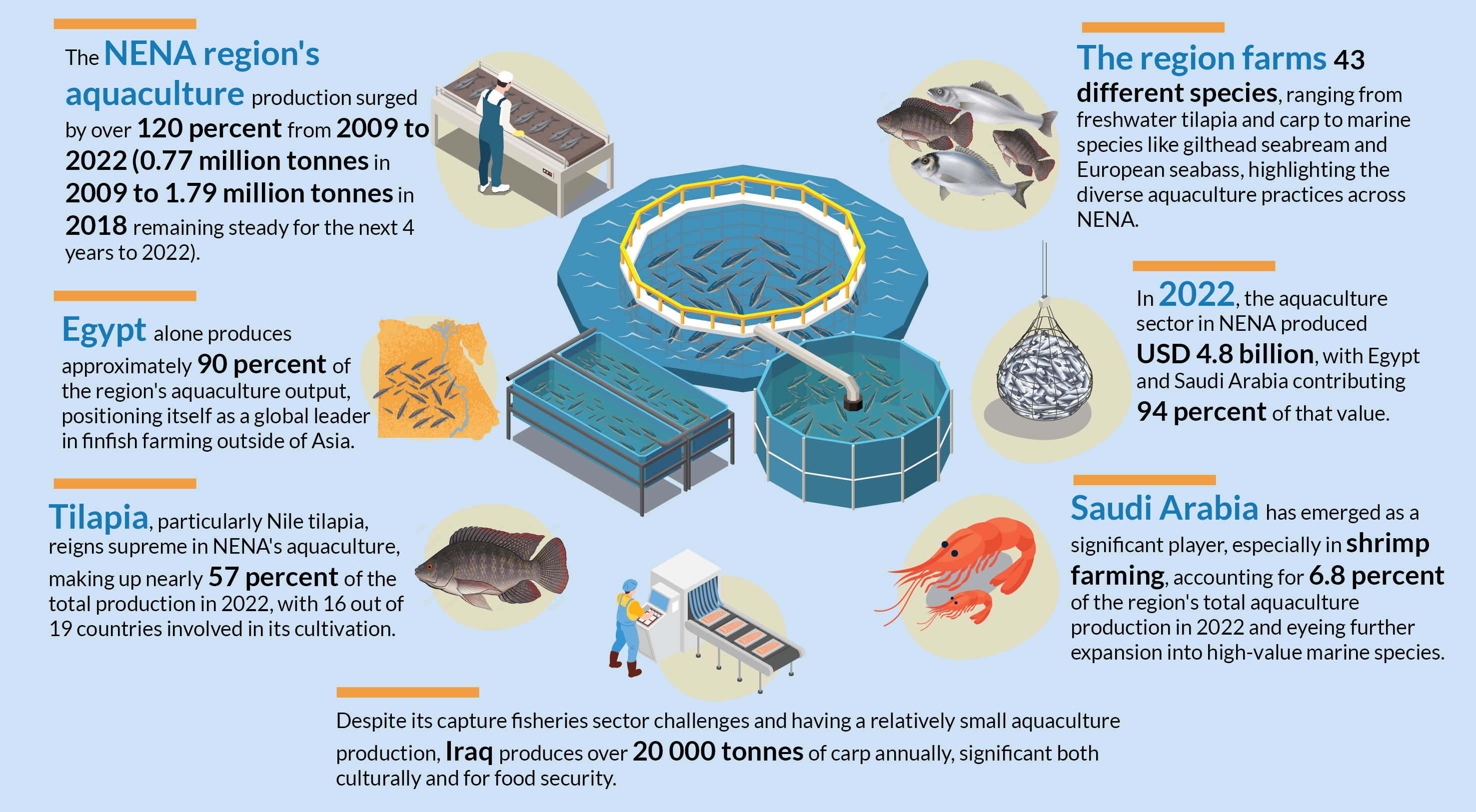
Our work in action
FAO plays a pivotal role in supporting aquaculture development across NENA by providing technical assistance, policy advice, and capacity-building initiatives aimed at promoting sustainable aquaculture practices. FAO works closely with countries to:
Strengthen policy and regulatory frameworks: FAO helps governments develop and implement policies that support sustainable and resilient aquaculture systems. These frameworks ensure environmental sustainability, improve water-use efficiency, and enhance biosecurity measures.
- Promote innovation and best practices: Through regional projects, FAO disseminates best practices in aquaculture management, including the use of recirculating aquaculture systems (RAS), integrated multi-trophic aquaculture (IMTA), and climate-smart technologies.
- Capacity building and training: FAO supports the training of local fish farmers, technicians, and government officials on sustainable production techniques, disease management, and market access. For example, FAO has helped develop climate-resilient aquaculture models in Lebanon and other countries.
- Support aquaculture projects: FAO is involved in various projects across the region, promoting sustainable farming in the face of climate change and community-based management of water resources for aquaculture.

